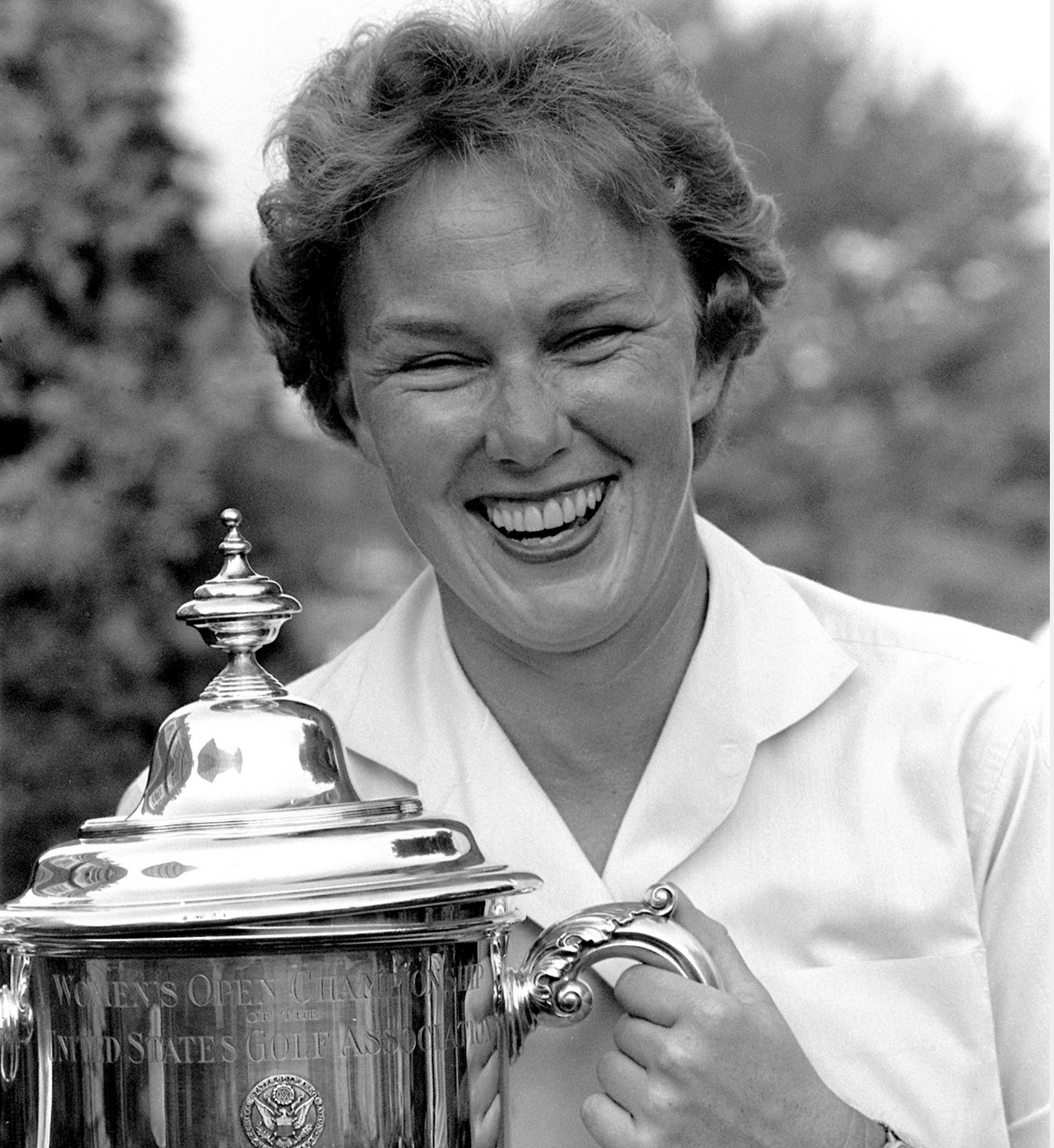GQ’s Daniel Riley does a fine job until a late unraveling in profiling Brooks Koepka for GQ. As always, please hit the link, things aren’t great at Conde Nast these days.
The most compelling stuff is early on, including this on selling his 2020 Masters water ball shot knowing Tiger still had to play the 12th.
“My theory is if you don't show them anything visually, they can only go off one of their senses: sound,” he explained. “How did the ball sound when it came off? They don't know if I hit it a hundred percent or 90 percent. And they've gotta judge it by the strike.” But if he starts cursing or sulking, Tiger will know it was the shot, not the tricky wind, that foiled him—and calibrate his own approach to No. 12 accordingly. “And so I didn't have any reaction. I just handed it right back to my caddie. And it might've confused him.”
Then there are his thoughts on golf as as “a gentleman’s sport” and why the sport loses a lot of people playing up that notion.
“One thing I'd change is maybe the stuffiness. Golf has always had this persona of the triple-pleated khaki pants, the button-up shirt, very country club atmosphere, where it doesn't always have to be that way. That's part of the problem. Everybody always says, ‘You need to grow the game.’ Well, why do you need to be so buttoned-up? ‘You have to take your hat off when you get in here.’ ‘You're not allowed in here unless you're a member—or unless the member's here.’ Really? I just never really liked the country club atmosphere. I know that drives a lot of people away from liking me. But just 'cause this golf club has such prestige and the members are all famous and have a lot of money…like, why can't I show up and just go play the golf course? Why do I have to sit in my car and wait for the member?
Well, if you want to charge lunch to Chuck Underwood’s account, it’s a good idea. Go on…
“I just think people confuse all this for me not loving the game. I love the game. I absolutely love the game. I don't love the stuffy atmosphere that comes along with it. That, to me, isn't enjoyable. When I practice, I don't think I've ever tucked my shirt in. I show up to the golf course, half the time my tennis shoes are untied, I'm chippin', puttin', shirt's untucked, I've got my hat on, and I'm not wearing a belt, because who wears a belt when it's untucked? But a lot of clubs, if I walked up like that, it'd be: ‘Sir, you need to tuck your shirt in. You need to take your hat off when you get in here.’ ”
You can take the boy out of Florida but you can’t take the Florida out of this boy!
And here’s where the story unravels in unnecessary fashion.
When we pulled up to the security hut at Medalist, something happened that hadn't even occurred to me as being possible. Medalist was closed for the day, and there wasn't any way Brooks or Ricky (or Dan) would be permitted access to the driving range or golf course. I've been denied access to enough golf courses in my life that it didn't really shock me in the moment, but as we drove 30 minutes in the opposite direction to another club, I let the indignation creep in. A golf course just denied access to the No. 1 golfer in the world, as though it were a perfectly ordinary thing to do, which apparently it was. Still, I tried to imagine the security guard at Yankee Stadium denying Derek Jeter batting practice. Or the high school A.D. with the keys to the gym denying LeBron James a shootaround. Wild. And precisely what Brooks had been referring to when he was lamenting all the things that golf gets so absurdly wrong at this critical juncture for the game. What side of society do you want to be on? The one that makes sense? The one that's open and inclusive? Or the one that's rigid, pedantic, exclusionary, stuffy—all for the sake of, what, the enforcement of rules for the sake of rules? It was a buzzkill.
Or maybe they were just punching the greens and the place was closed? Just saying…


























